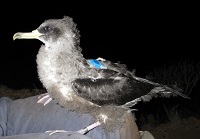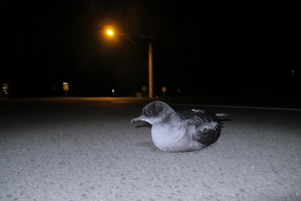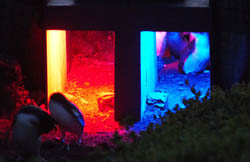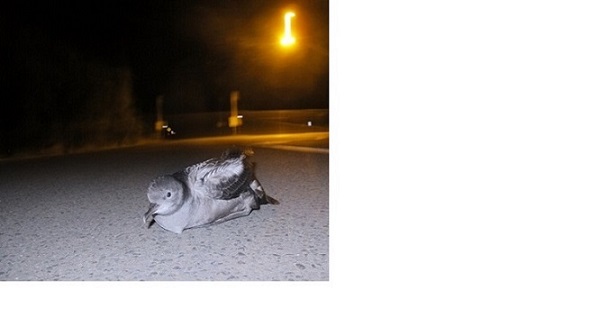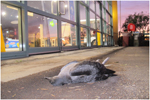
Welcome
Welcome to the official website of the Doñana Biological Station (EBD-CSIC)...

The Doñana Biological Station: EBD-CSIC
The Doñana Biological Station is a public Research Institute belonging to the Spanish Council for Scientific Research CSIC in the area of Natural Resources...

Mission
Our fundamental mission is to carry out multidisciplinary research of the highest standard directed to understanding the way in which biodiversity is generated, maintained and deteriorates, as well as the consequences of its loss...

Our methods
We apply many techniques within a multidisciplinary framework, from molecular genetics to remote sensing, and from modelling to physiological and isotopic analyses...

Monitoring the environment
Monitoring biodiversity at the Doñana Natural Space cover a wide range of communities, including both terrestrial and aquatic organisms...

Aims
Our aims include the study of the ecological and evolutionary processes by combining field work, mathematical and statistical models and physiological and genetic analysis...
 Outstanding
Outstanding
-
 Researchers track nocturnal flight to reduce seabird mortality due to light pollution
Researchers track nocturnal flight to reduce seabird mortality due to light pollution -
 White and blue lights are the most pernicious for wildlife
White and blue lights are the most pernicious for wildlife -
 Effects of artificial lights for ecotourism on little penguins
Effects of artificial lights for ecotourism on little penguins -
 Reducing light-induced mortality of seabirds: High pressure sodium lights decrease the fatal attraction of shearwaters
Reducing light-induced mortality of seabirds: High pressure sodium lights decrease the fatal attraction of shearwaters -
 Review of seabird mortality caused by land-based artificial lights
Review of seabird mortality caused by land-based artificial lights
 News
News
Content with tag light pollution .
 Researchers track nocturnal flight to reduce seabird mortality due to light pollution
Researchers track nocturnal flight to reduce seabird mortality due to light pollution
? With the use of GPS devices and satellite images, the researchers could monitor for the first time the night flights of Cory’s shearwaters, when they leave their nests and fly towards the sea

